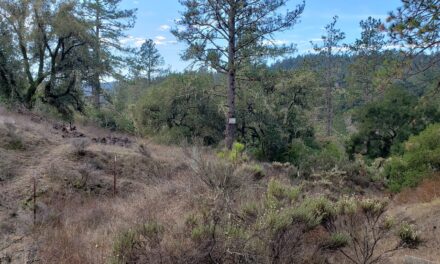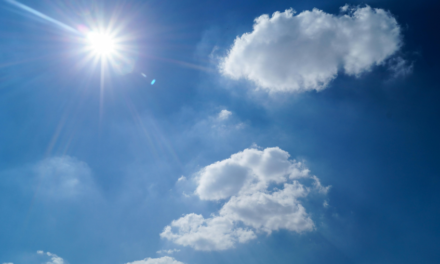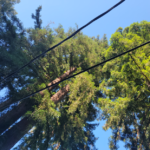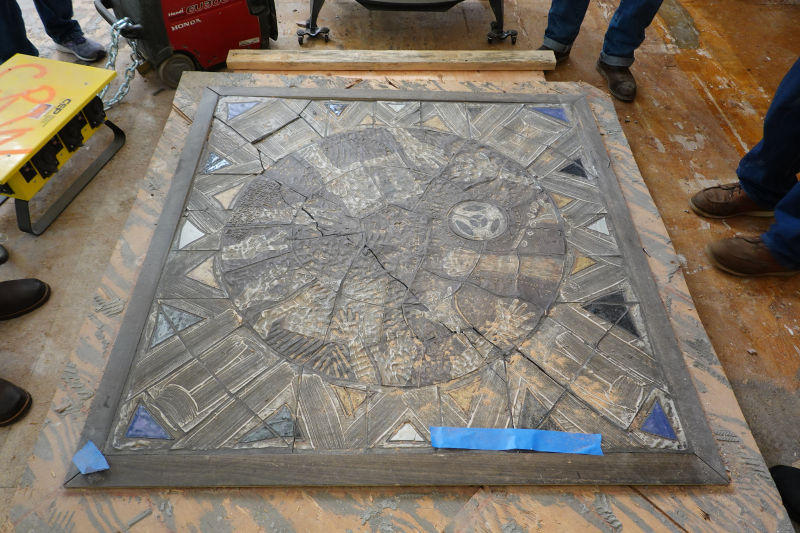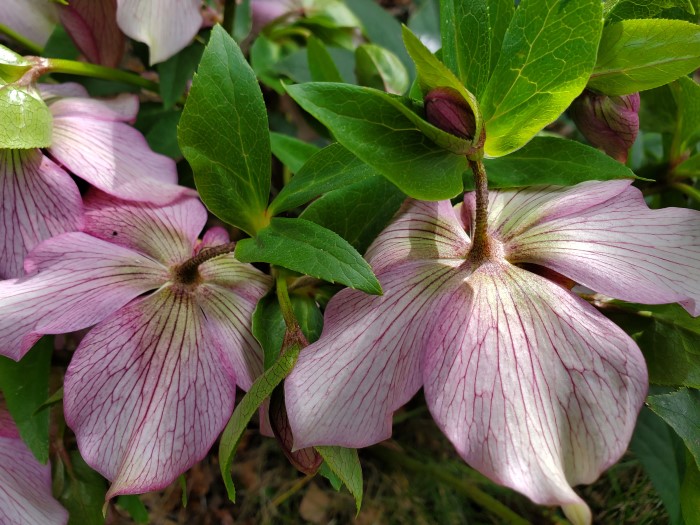
Fall Gardening in the Santa Cruz Mountains: Preparing for Winter
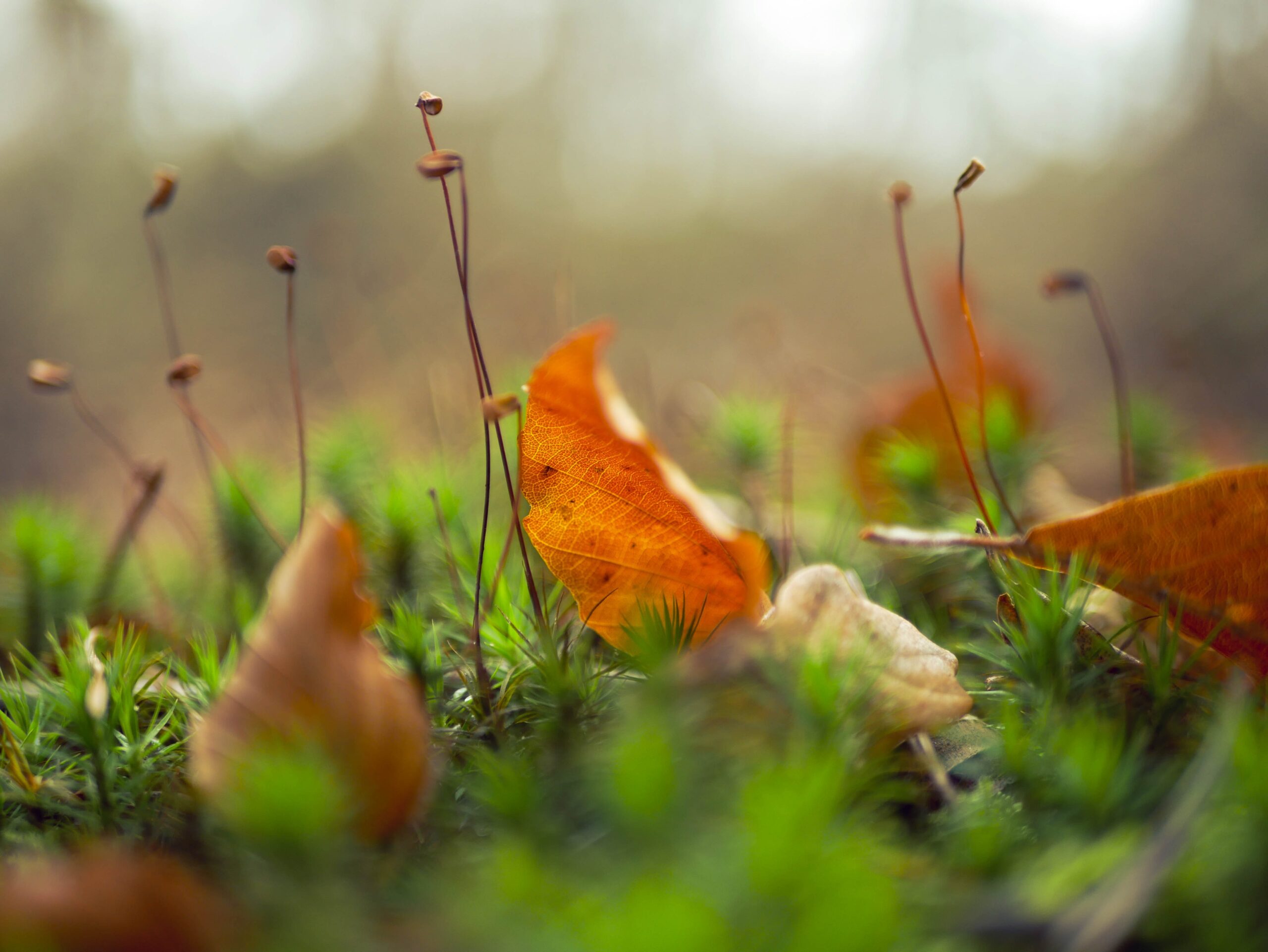
By Josh Reilly
Lay down a layer of mulch, put away the tools and gloves and wait until February. Too cold and muddy to do anything else. It makes sense. Or does it? Our Winters in the SLV are relatively mild. And much of our flora is Summer dormant. There may actually be more to do in Winter than Summer, depending on the extent to which you have landscaped with natives.
Native plants need time and Winter rain to establish root systems capable of tolerating the hot, dormant Summer period. So, it’s a great time to plant native shrubs like Ceanothus, Ribes, Elderberry, Western Redbud, and Manzanita. Perennials, like Salvia, Epilobium, Eriogonum, Fragaria, and almost all the native and drought-tolerant grasses, like Muhlenbergia (Deer grass), Bouteloua, Fescue, various sedges (Carex) should also be planted now. It’s also a great time to sow grasses from seed. If you already have mature grasses, such as Miscanthus, Calamagrostis, Chasmanthium or blue oat grass (Helichtotrichon – say it 5 times in a row, fast), these may now be lifted and divided and the divisions re-planted or given away to gardener friends. Almost anything else with fibrous roots can be lifted and divided now, including ornamentals like Sedums and Veronica, and herbs like Oregano and Thyme.
And yes, you absolutely can still plant a few things now, even with frost on the way. Edible bulbs, corms, and tubers, such as onions, garlic, and chives can go in the ground now. Beets can be planted almost any time of year. It’s probably not too late for potatoes in warmer parts of the Valley. Same for artichokes. Sweet peas will weather the Winter frost and delight with early to mid-Spring blooms. Be ready to trellis them later in Winter.

If you make compost, now is the time to apply it. If it’s dark, friable, and evenly broken down, it’s ready. If some of it needs to decay further, sift it and toss the big, undigested clumps back into the pile. Trees and shrubs, like apples and roses, should be fertilized now. These plants are Winter-dormant but nutrients gradually released by microbial breakdown will be available to plant roots in February when both begin to produce new growth. A top-dressing of 4” of compost will get the job done. Some people like to scratch or dig it in, but in my garden, the earthworms perform that task. Another way to overwinter the soil is with cover crops, such as Fava or broad beans, clover, buckwheat, or cover crop mixes (available at Mountain Feed, Ben Lomond). These plants protect soil tilth and shade out Winter weed seedlings. Legumes, like Fava beans, fix atmospheric nitrogen, making it available for your plantings next Spring (and they go well with liver and a fine chianti). Pull them out in late Winter and add them to your compost pile to capture the carbon they drew from the air all Winter. If even that seems daunting, you can simply spread seedless straw or straw/hay mixes over bare or spotty patches of soil.
Fall is a great time to re-organize your infrastructure. Clean your tool blades. Sharpen pruning gear. Clear out the shed. Inventory everything and donate old tools or unused items to those in need, such as the Homeless Garden Project. Garden sheds tend to accumulate old, more or less useless stuff because there was nowhere else to put it. 20 years later, that rusty hoe you never use is still there, getting in the way. If you haven’t used it in the last year, think seriously about parting with it. Tools wear out, but metal blades can go into scrap metal waste, while handles make good garden stakes. Or kindling.
And to think, you were just going to knock the dirt off your boots and head indoors until late February…
Josh Reilly, aka Uncle Skip, writes about seasonal gardening from his home in beautiful Ben Lomond, California.
Featured photo by Xandro Vandewalle

